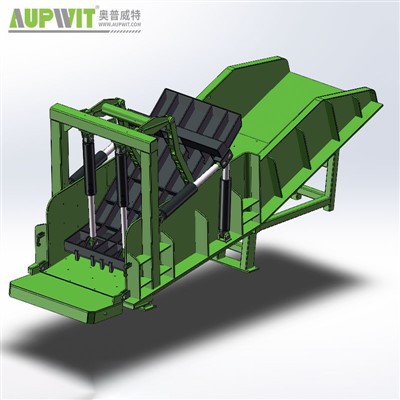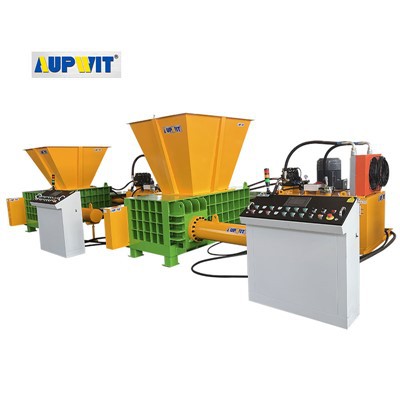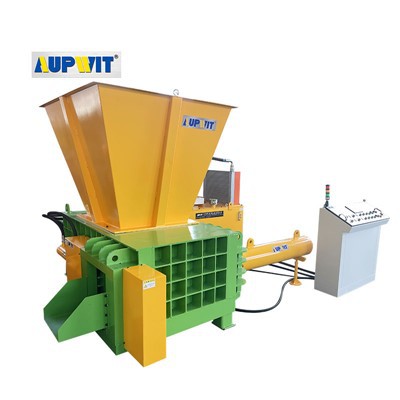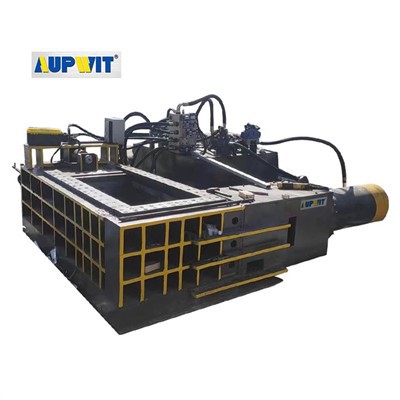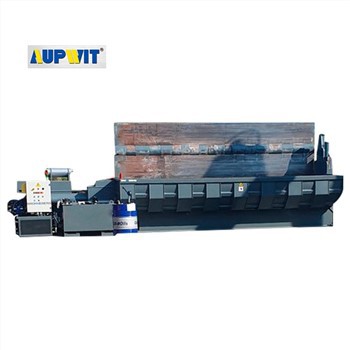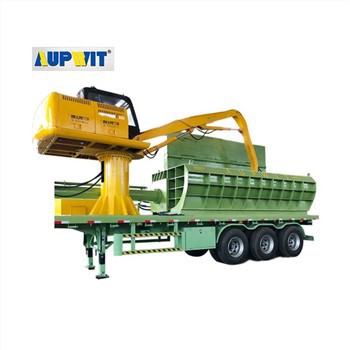Causes of Vertical Tire Baler Breakdowns
Vertical tire balers can break down due to a range of factors, often linked to mechanical stress, improper use, or inadequate maintenance. Understanding these causes helps prevent costly downtime and extends the machine's lifespan.
Overloading
- Exceeding the baler's rated capacity strains hydraulic systems and structural components
- The ram may bend or jam, while hydraulic cylinders can leak or fail under excessive pressure
- Common in facilities pushing to maximize throughput without respecting the machine's limits
Hydraulic System Issues
- Low hydraulic fluid levels starve the system of lubrication, leading to overheating
- Contaminated fluid clogs valves and damages pumps, reducing pressure
- Faulty seals or hoses trigger leaks that disable the baler
Mechanical Wear and Tear
- Chains, gears, and bearings that lack lubrication grind against each other
- Ram's guide rails accumulate debris, causing misalignment and uneven wear
- Worn-out hinges on the loading door can trigger safety interlocks
Electrical Failures
- Faulty sensors, relays, or wiring prevent proper operation
- Power surges or loose connections may damage control panels
- Blown fuses from overloaded circuits stop the machine entirely
Operator Error
- Feeding non-tire materials can jam the ram or damage the chamber
- Ignoring safety protocols risks structural damage
- Inconsistent loading creates unbalanced pressure, stressing components
Environmental Factors
- Extreme temperatures degrade hydraulic fluid and rubber components
- Outdoor balers may develop rust on metal parts from weather exposure
- Moisture infiltration can lead to electrical and corrosion issues
Addressing these issues through regular maintenance, proper training, and adherence to capacity limits significantly reduces the risk of breakdowns, ensuring reliable performance.


